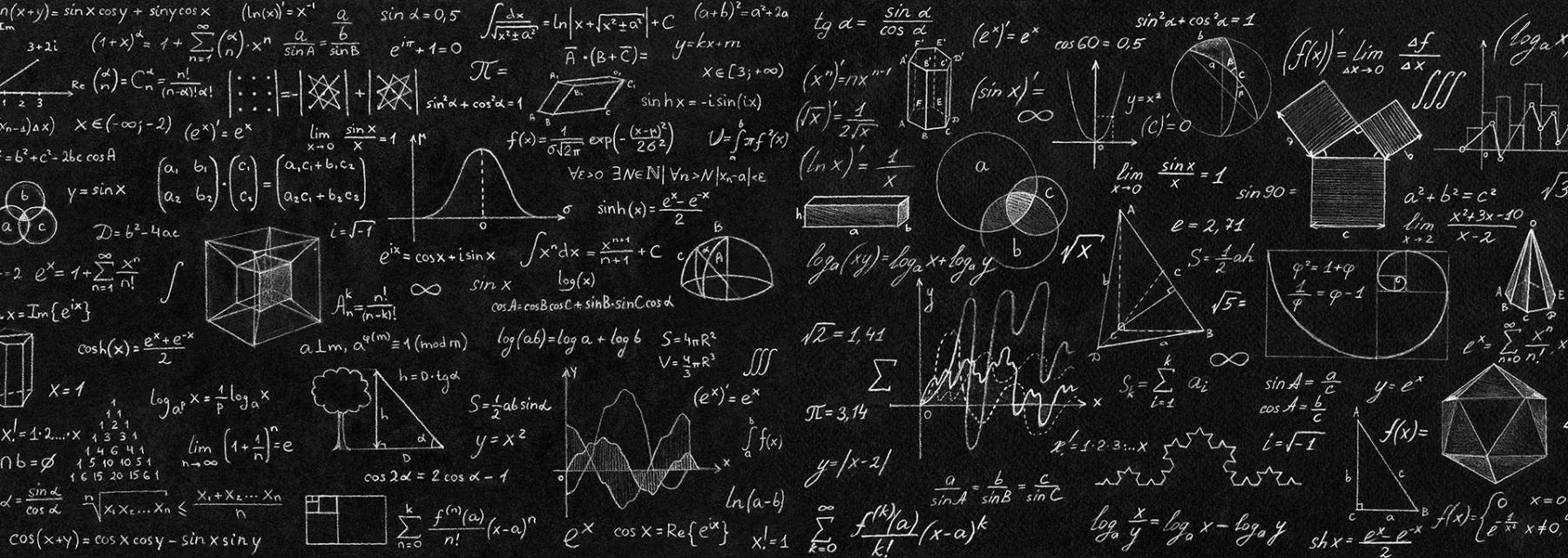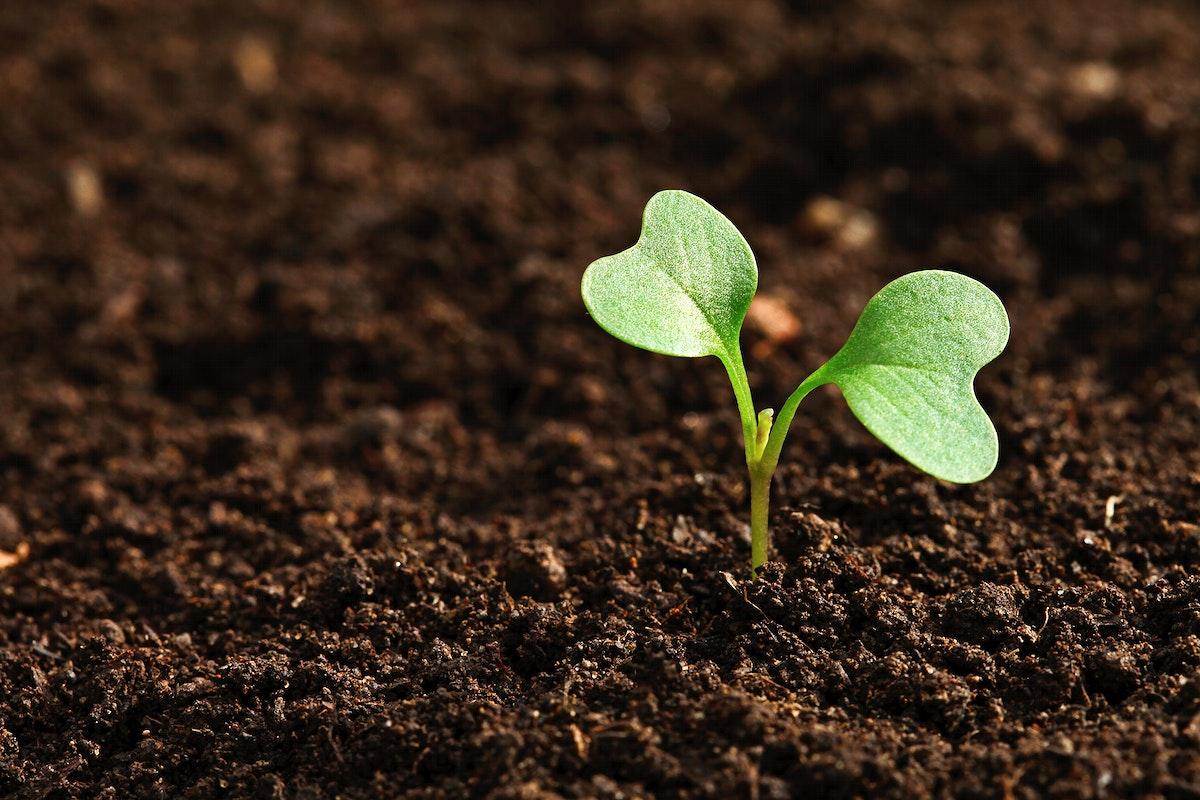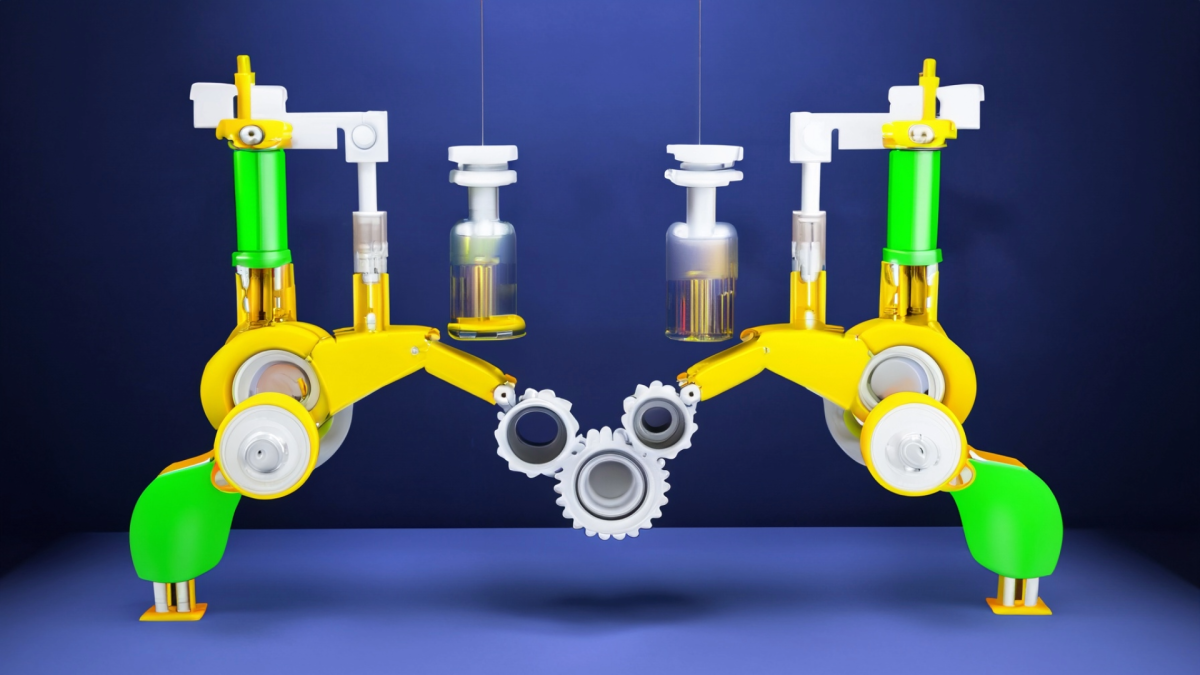
Straw Rocket Launcher Challenge
Students will individually construct straw rockets. Using the launcher, students will learn the concept of Newton's third law of motion: for every action, there is a equal and opposite reaction. Student's will further understand the basics of rocketry.
Materials:
Straw Rocket Launcher
Straws
Scale
Clay
Tape
Index Cards
Tape measure
Paper to record information
Agenda:
Science Background Knowledge
Engineering a Straw Rocket
Test it
Share or present it
Reflect
Lesson Grade Level
5th GradeLesson Plan Link/URL
https://docs.google.com/presentation/d/1I1qA-UWgpsL2hgTFX4zcu68m-GXoO6M5/edit?u…Subject Area
Science Physical Science P2: Objects at a Distance Technology 1. Empowered Learner 6. Creative Communicator Engineering S2: Apply the Engineering Design Process S3: Apply Mathematics to Engineering S4: Apply Science to Engineering S6: Apply Communications to Engineering S7: Apply Project Management to Engineering English Language Arts (ELA) Writing Speaking & ListeningRelated Content

This is the part 2 of composting lesson aligned to narrative writing. In this lesson, students embark in the experience of observing the decomposition process of the materials, identifying the factors

This lesson is part 2 of 2, Days 3 and 4. This lesson is set up to have students explore the friction bridge designed by Leonardo Da Vinci. Students have discovered the inventor and become familiar

This project sets students up to explore animal anatomy and physiology with the idea of replacing a lost appendage (beak, leg, tail, fin, etc.) This is used in small groups of 2 or 3 over the course